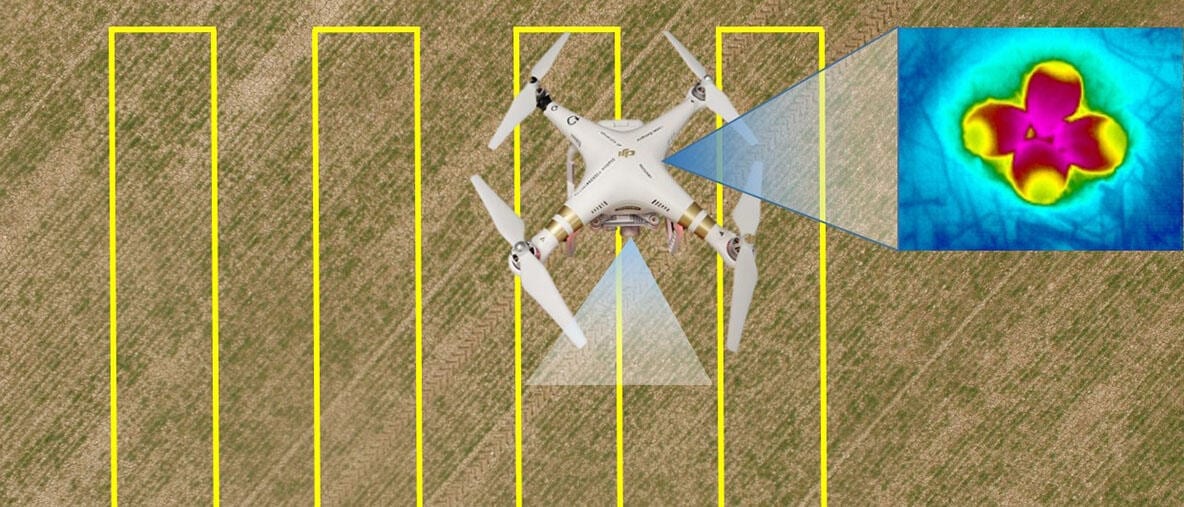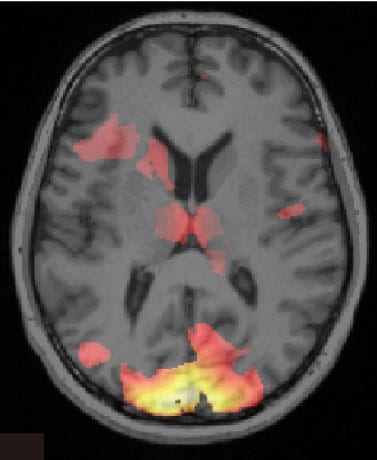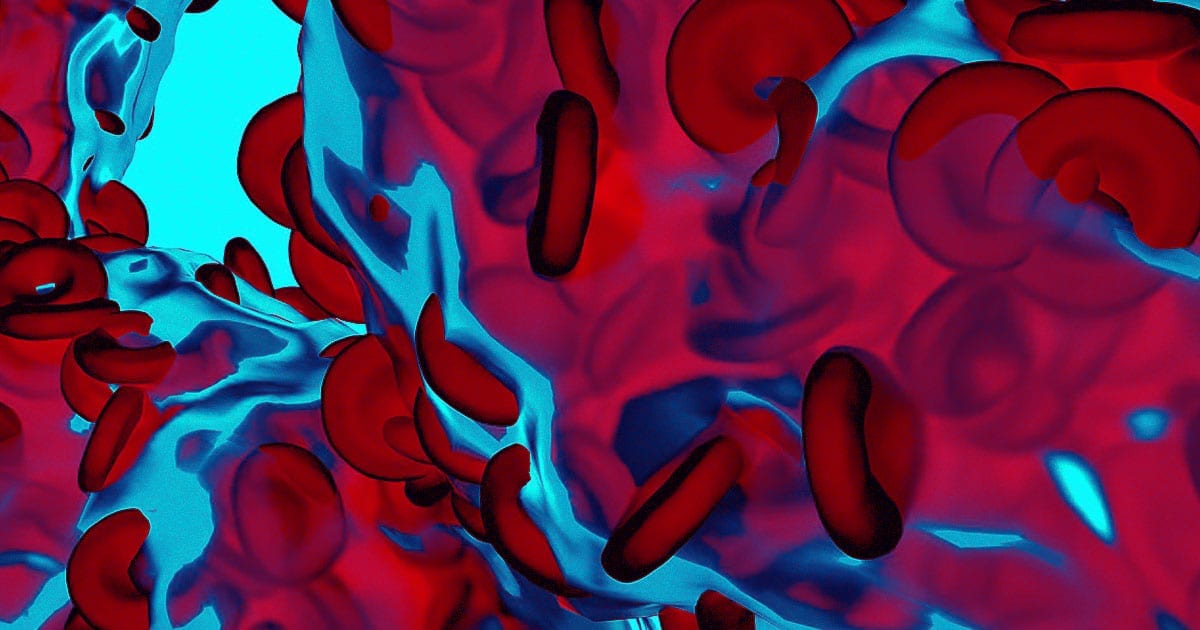
A drone hovering over a crop field carrying a thermal camera aimed at detecting lapwing nests on the ground.
PHOTO: ANDREA SANTANGELI, JOHN LOEHR
Every spring, a large number of ground-nests of farmland birds are accidentally destroyed by mechanical operations, such as ploughing and sowing. A new study from the University of Helsinki shows for the first time that such nests can be located using a drone in combination with artificial intelligence.
Farmland bird species are declining over most of Europe. Birds breeding on the ground are particularly vulnerable because they are exposed to mechanical operations, like ploughing and sowing, which take place in spring and often accidentally destroy nests.
Locating nests on the ground is challenging for the human eye, and highly time-consuming
The Latest Updates from Bing News & Google News
Go deeper with Bing News on:
Conserving farmland bird nests
- Heavy Downpours Are a Growing Threat to Common Loons
Last summer’s record rainfall flooded nests across the Northeast, an increasingly common hazard that is hampering loon reproduction. Protecting healthy habitat and providing artificial nest ...
- 32 of the most colorful birds on Earth
Meanwhile, females build domed nests of dry grass, scraps of bark and rootlets that are so small that the birds have to bend their tails during incubation. Also known as the rainbow finch ...
- Jean Shin Gifts At-Risk Birds a Safe Perch
At Appleton Farms, a new installation provides endangered bobolinks a secure place to nest, affirming a sense of human agency in the face of ecological loss.
- Pelicans return to a Great Salt Lake island for the first time in decades
Each spring, American white pelicans flock to Gunnison Island in the north arm of the Great Salt Lake to nest and raise their young. Even if they were allowed to, the rocky outcropping isn’t the kind ...
- Bird’s Nest (Thailand)
Weaved from their saliva and harvested in caves and man-made nesting houses, bird’s nests are then painstakingly cleaned before being prepared as tonics. At over US$5000 per kilogram, bird’s ...
Go deeper with Google Headlines on:
Conserving farmland bird nests
[google_news title=”” keyword=”conserving farmland bird nests” num_posts=”5″ blurb_length=”0″ show_thumb=”left”]
Go deeper with Bing News on:
Artificial intelligence and drones
- How artificial intelligence is reshaping modern warfare
Harnessing AI is key to the United States staying ahead of adversaries in a competitive battlefield. Software companies are showing off their latest AI tools to military officials.
- Artificial Intelligence
Artificial intelligence (AI), sometimes known as machine ... or taking over tasks. For example, drones photograph and monitor some construction sites for discrepancies. Some probation officers ...
- ‘Dirty end of the stick’: Nuts and bolts of Special Forces missions on display at Tampa gathering
TAMPA, Florida — Guns, bombs, drones and artificial intelligence tend to steal today’s headlines. But there’s another side — albeit a much less sexy one — to the world of U.S. Special Forces, one that ...
- Researchers use artificial intelligence to boost image quality of metalens camera
Researchers have leveraged deep learning techniques to enhance the image quality of a metalens camera. The new approach uses artificial intelligence to turn low-quality images into high-quality ones, ...
- Law enforcement using crime-fighting drones to catch criminals
By utilizing these drones, law enforcement gains real-time visibility of suspects, allowing for quicker interventions.
Go deeper with Google Headlines on:
Artificial intelligence and drones
[google_news title=”” keyword=”artificial intelligence and drones” num_posts=”5″ blurb_length=”0″ show_thumb=”left”]











